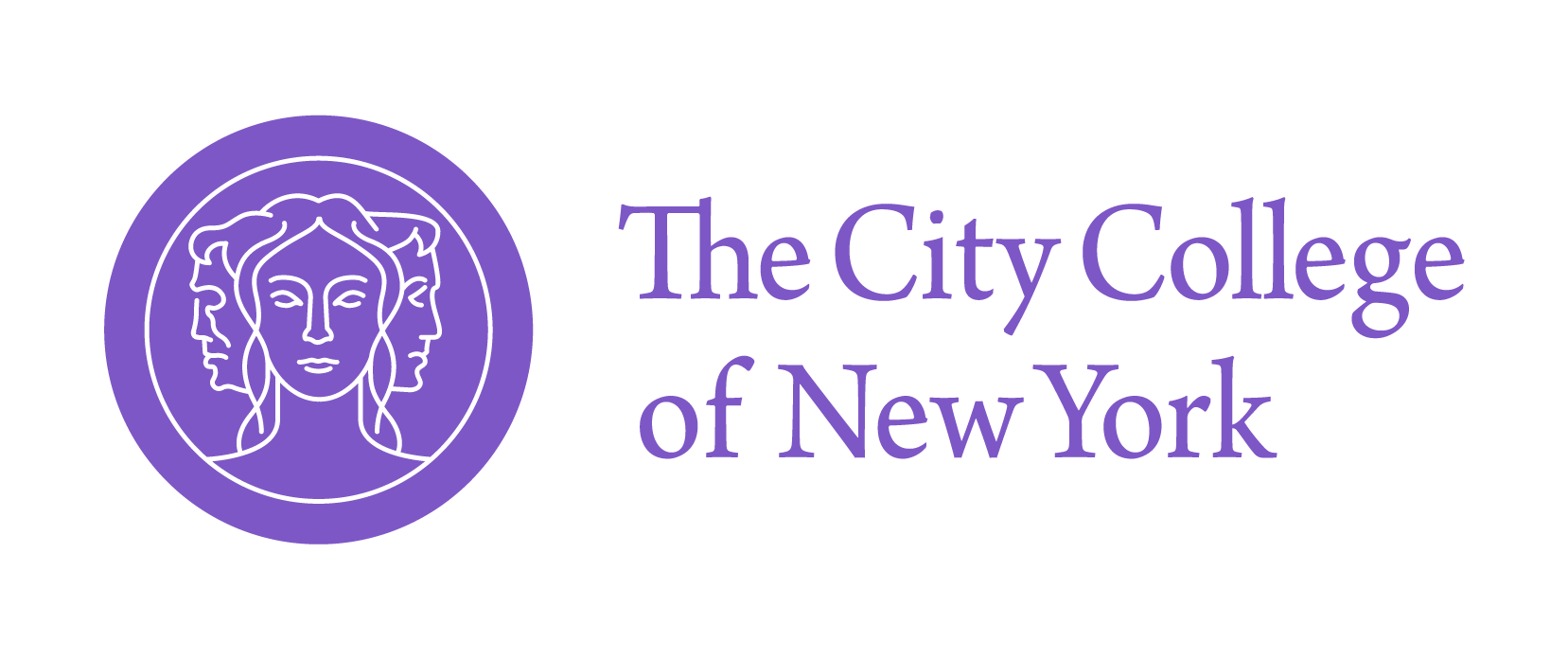Conclusion
Faced with the challenge of quantifying the bending stiffness of a complex, high-performance cable used in ASML's lithography machines, our team developed a robust dual-method testing approach. This approach combined the rigor of static four-point bending tests with an innovative, theory-driven dynamic testing setup. By integrating analytical models with physical prototyping, we achieved consistent results across both methods: 2.605 × 105 N·mm² from static trials and 1.419 × 105 N·mm² from dynamic experiments. This alignment validated our mechanical assumptions, ensured design accuracy, and confirmed our data collection strategy.
Moreover, this project tackled a real engineering challenge, minimizing cable-induced contamination and wear in vacuum environments, leading to practical outcomes that ASML can implement. Based on Roark's equations and enhanced with web-based Arduino integration, the custom dynamic fixture is modular and repeatable, providing a scalable platform for future testing.
By addressing an industrial problem with academic tools, our team successfully navigated design, theory, and experimentation uncertainties, transforming complex mechanical principles into actionable engineering data. This project lays the groundwork for ongoing development in cable testing systems and demonstrates how multidisciplinary, student-led design can produce industry-ready solutions. Both modular and repeatable, offering a scalable platform for future testing. In tackling an industrial problem with academic tools, our team navigated uncertainty in design, theory, and experimentation, transforming abstract mechanical principles into actionable engineering data. This project stands as a foundation for ongoing development in cable testing systems and a testament to how multidisciplinary, student-led design can deliver industry-ready solutions.

